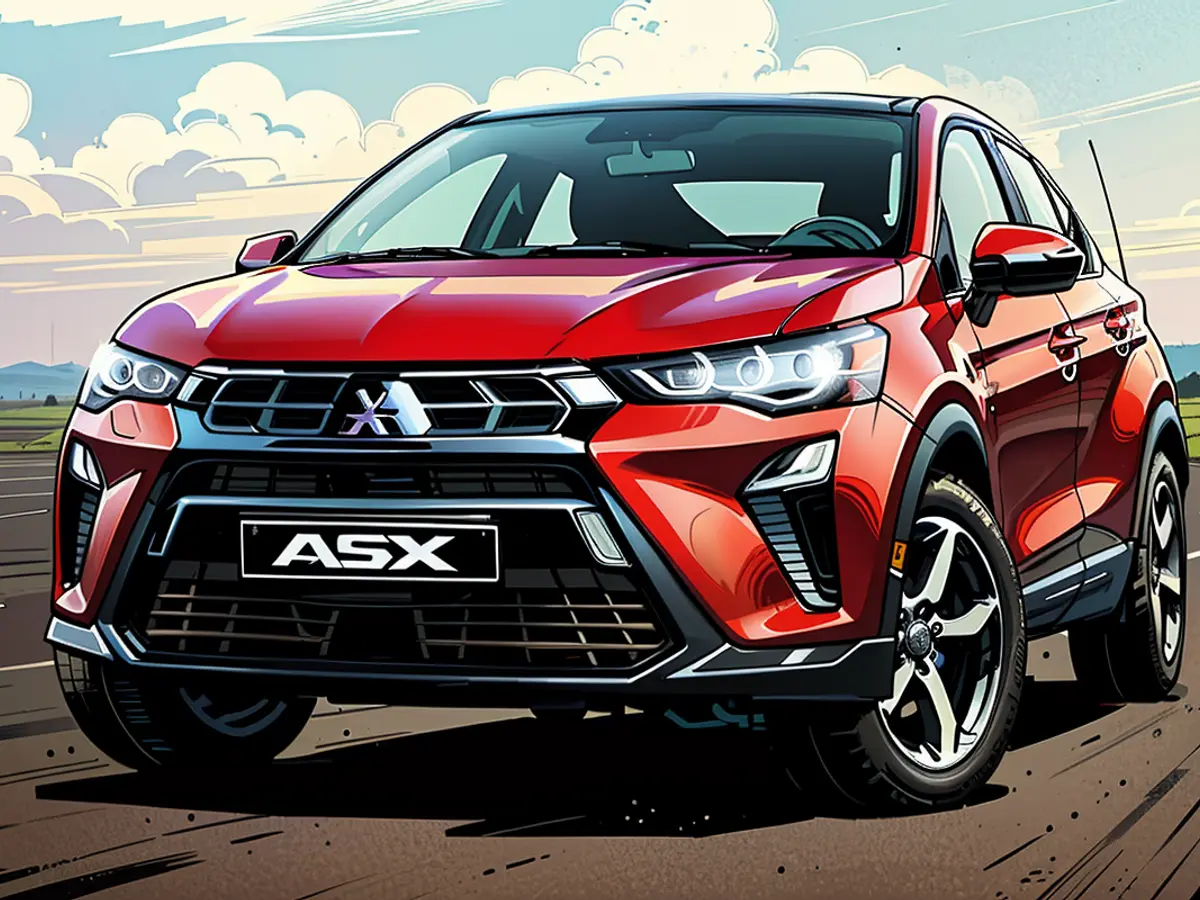Refreshed Mitsubishi ASX is the price-performance king
For those seeking a full-featured car at an affordable price, the Mitsubishi ASX is not a bad choice. The Japanese have given their small SUV a light facelift. ntv.de took the all-rounder for a spin.
In truth, the car that ntv.de was using for this report is no longer a true Mitsubishi as we once knew it. But is that a bad thing? Not at all. Without access to the network model lineup, Mitsubishi might not even be on the European market anymore. It was close, the executives were about to pull the plug. But danger averted, Mitsubishi is once again active in the market.
Of course, the ASX is a classic badge model. Those who know a thing or two about cars can decipher it as a Renault Captur at first glance. Why, then, is it the ASX and not the original? Mitsubishi is currently calculating very sharply, offering the ASX base model for 22,450 Euros, which is 500 Euros less than the French. For this, you get a 4.23-meter long front-wheel drive vehicle with a modest 91 PS from a 1-liter three-cylinder engine and a conventional six-speed manual transmission.
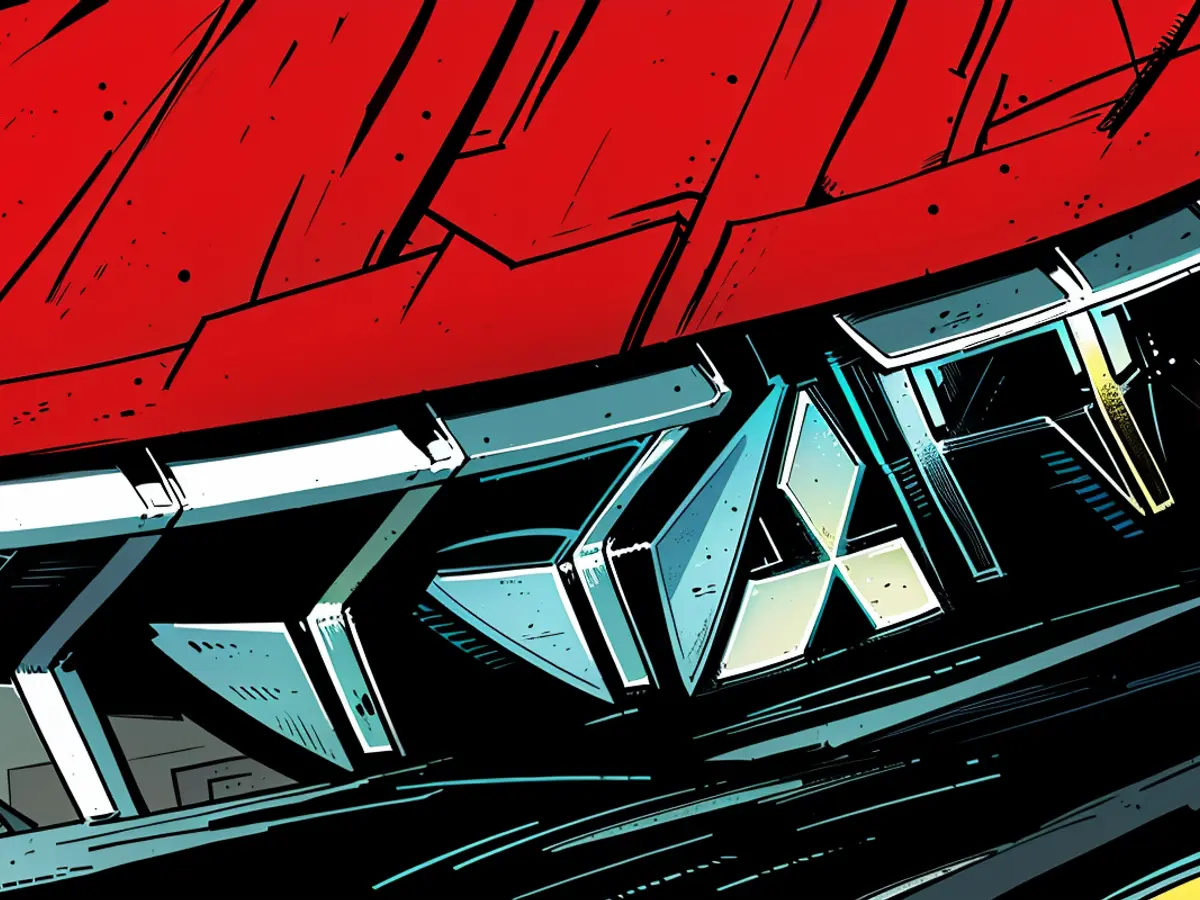
But just like car manufacturers, Mitsubishi didn't bring the base version for the test drive. Instead, there was the significantly more powerful hybrid version to experience, along with the 158 PS 1.3-liter turbo with a seven-speed dual-clutch transmission. And the price tag reads 27,890 Euros. However, the Mitsubishi doesn't run completely naked off the assembly line. It even caters to infotainment-hungry customers with features like Apple CarPlay or Android Auto, as well as a 7-inch display as the instrument cluster. Additionally, there are LED headlights and a temperature assistant.
Hybrid or Turbo?
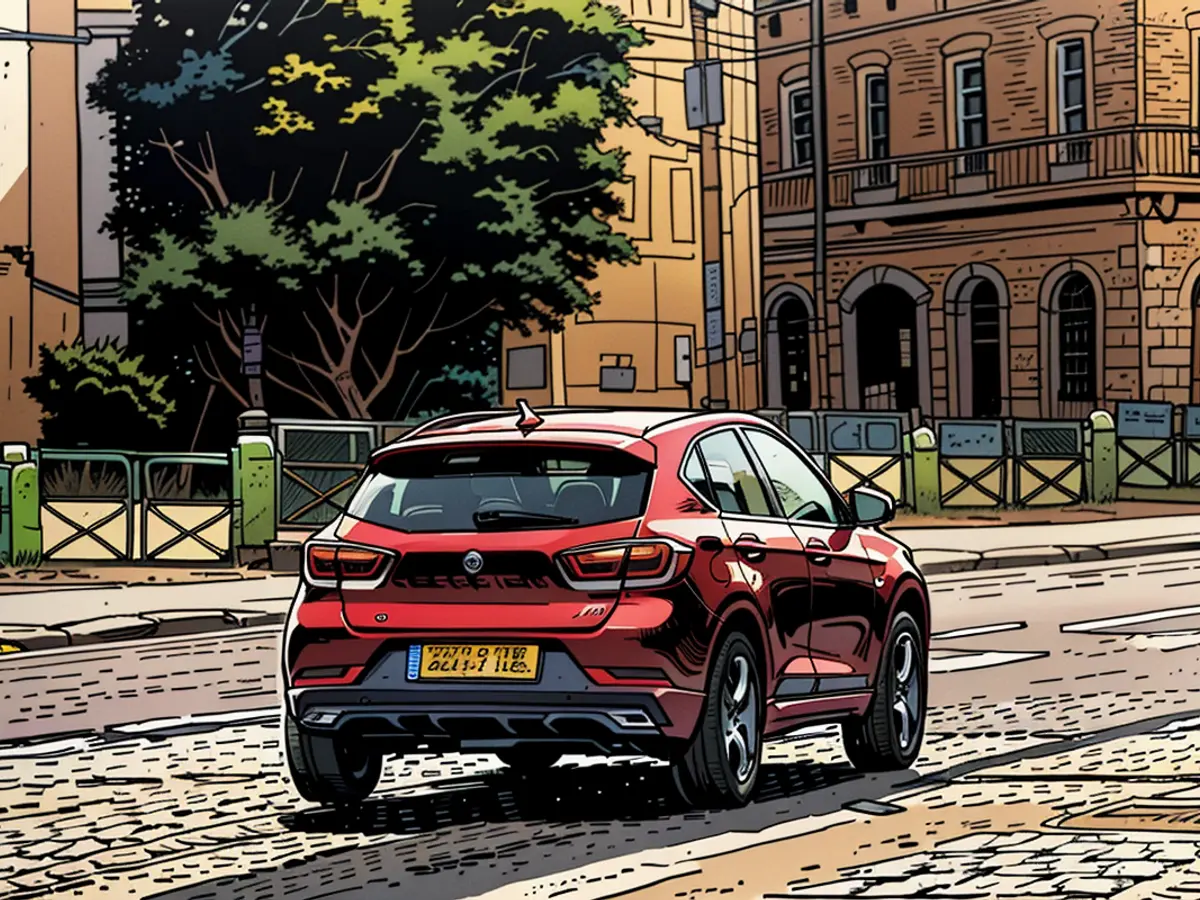
Now, let's get down to business. In essence, everything remains the same with the updated ASX, except for the new Google Voice Assistant, which doesn't come into play much during this brief test drive. The 1.3-liter four-cylinder engine performs admirably in the Roman traffic environment - a place where caution is required due to the chaotic driving conditions.
Here, the 158 horsepower can be put to good use, allowing you to quickly maneuver into a gap between the more temperamental cars. It's a good thing the smooth-working automatic transmission downshifts promptly when power is needed - and off you go. The ASX sprints to 100 km/h in a sporty 8.5 seconds and reaches a top speed of 180 km/h.
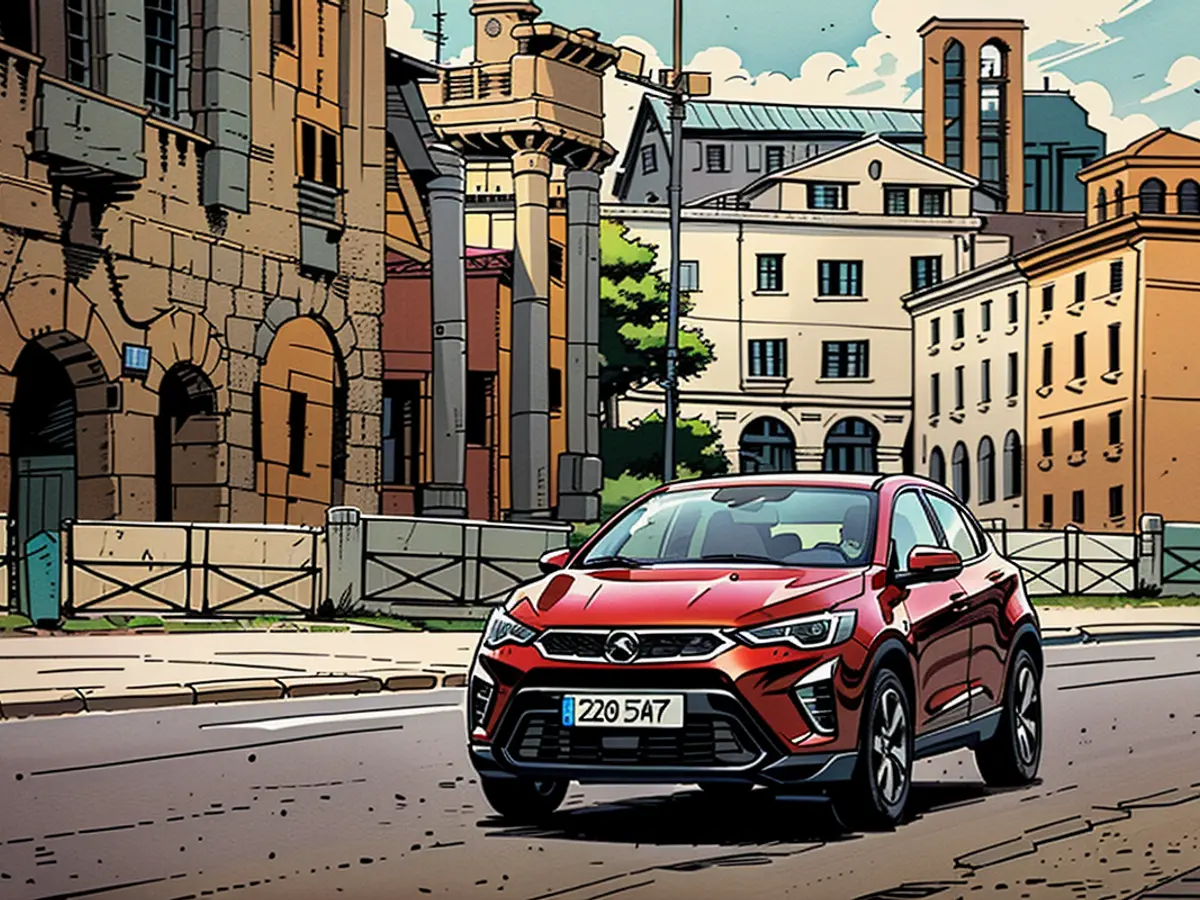
Does it make sense to opt for the available hybrid instead? It all comes down to cost-effectiveness. With a little less than five liters of fuel consumption per 100 kilometers in the average WLTP test cycle, the hybrid consumes around 1.3 liters less fuel - and after fewer than 30,000 kilometers, the savings from the lower price have been recouped.
And then there's the hybrid for tech enthusiasts. It's a shame that these are relatively rare in the compact car segment. But one must allow oneself to be seduced by this powertrain. The clutchless start is eliminated, so it always starts electrically. Therefore, the 143 PS strong hybrid ASX glides smoothly. The 94 PS strong four-cylinder naturally aspirated engine, in conjunction with the main electric motor (49 PS), doesn't provide excessive power (143 PS system power), but it is still sufficiently capable.
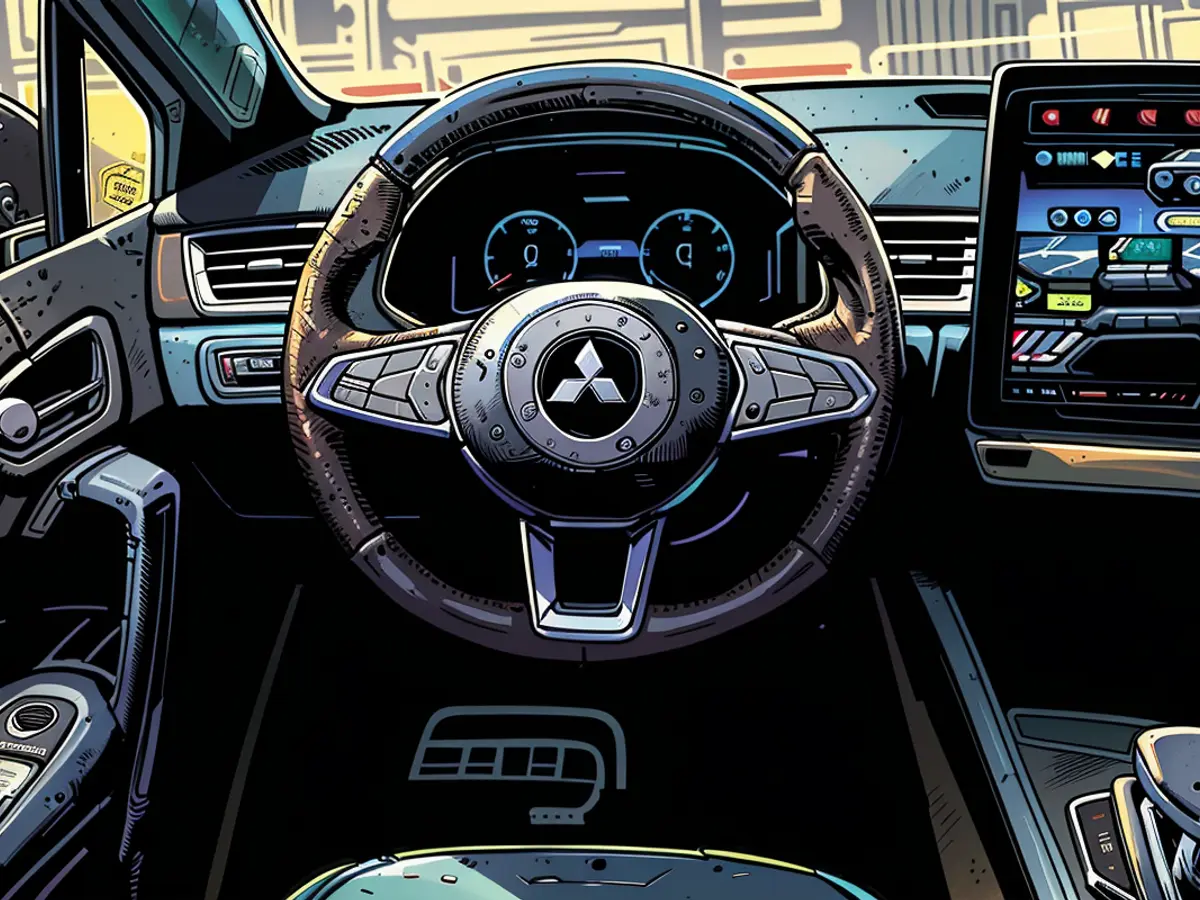
It's important that there's no significant power interruption in the complex system, which includes four gears for the combustion engine and two for the electric machine, allowing for countless translation configurations. there's also a third electric motor for various process control. At the end, the hybrid system with its 1.2-kWh battery is a nice companion; it takes 10.5 seconds for the standard sprint to 100 km/h, which is not only due to the lower performance compared to the previously mentioned turbo, but also the additional weight of the hybrid (1.5 instead of 1.4 tons).
The ASX is affordable and practical.

Mentioning that the rather lightweight and synthetic steering ASX is no corner carver is hardly necessary. At least it offers fine suspension for its class and at least decent seats. The seating capacity is also acceptable. ASX as a family station wagon? No problem at all. But please note: As a hybrid, the cargo volume shrinks from 1275 to 1149 liters. With upright rear seats, the pure combustion engine boasts up to 536 liters (reclining seatback) of cargo volume, which should make vacation trips with four people and a lot of luggage pleasantly relaxed.
And what else does the updated Mitsubishi ASX offer? Besides the optically slightly further developed front, there are a few new helpers on board, including an exit warning (can save cyclists from injuries) and a 360-degree camera. Under the hood, the Mitsubishi ASX remains an affordable all-rounder for family-oriented people with limited budgets and all others who value a little variability but have to watch their money. And since Mitsubishi often relies on its dealer network in rural areas to count on loyal customers, this badge solution should work well. However, a little more independence in the models in the future would be desirable. We'll be looking forward to it.
- Japanese carmakers, including Mitsubishi, are known for offering a variety of models, such as the ASX, which is a popular choice among those seeking an affordable small car.
- For those interested in sustainable options, Mitsubishi also offers hybrid versions of their vehicles, like the ASX, which provides a smoother drive due to its clutchless start and improved fuel efficiency.
- In addition to the small car segment, Japanese carmakers like Mitsubishi also produce SUVs, and the ASX model is available in both traditional fuel-powered and hybrid versions, catering to different customer preferences and environmental concerns.
